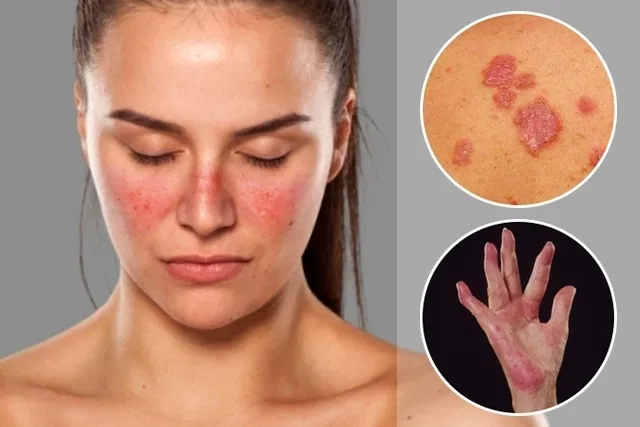Human Immunodeficiency Virus (HIV) is a virus that attacks the body’s immune system, specifically targeting CD4 cells, which are crucial for fighting off infections. HIV can lead to Acquired Immunodeficiency Syndrome (AIDS), the advanced stage of HIV infection, where the immune system becomes severely compromised. Here’s a deeper dive into HIV:
Causes and Transmission:
- Transmission: HIV is primarily transmitted through:
- Unprotected sexual intercourse (vaginal, anal, or oral) with an infected person.
- Sharing needles or syringes contaminated with HIV-infected blood.
- From mother to child during pregnancy, childbirth, or breastfeeding (vertical transmission).
- Viral Strains: HIV exists in two main types: HIV-1 and HIV-2. HIV-1 is the most common and virulent strain worldwide.
Symptoms:
- Acute Infection: Many people experience flu-like symptoms shortly after infection, which may include fever, fatigue, sore throat, swollen lymph nodes, and rash. However, some individuals may not experience any symptoms at this stage.
- Chronic Infection: After the acute phase, HIV typically enters a dormant stage where it replicates at low levels. During this stage, individuals may not experience any symptoms, but the virus continues to damage the immune system over time.
- AIDS: Without treatment, HIV can progress to AIDS, characterized by severe immune suppression and the development of opportunistic infections or cancers.
Prevention:
- Safe Sex Practices: Consistent and correct use of condoms during sexual activity reduces the risk of HIV transmission.
- Pre-Exposure Prophylaxis (PrEP): Medication taken by HIV-negative individuals at high risk of exposure to HIV to prevent infection.
- Needle Exchange Programs: Providing clean needles and syringes to injection drug users reduces the risk of HIV transmission through needle sharing.
- Voluntary Medical Male Circumcision: Studies have shown that male circumcision reduces the risk of HIV acquisition in heterosexual men.
Diagnosis and Treatment:
- HIV Testing: HIV can be diagnosed through blood, saliva, or urine tests that detect HIV antibodies or the virus itself.
- Antiretroviral Therapy (ART): Treatment with a combination of antiretroviral drugs suppresses viral replication, preserves immune function, and prevents HIV-related complications.
- Viral Load Monitoring: Regular monitoring of HIV viral load levels helps assess the effectiveness of ART and guides treatment decisions.
- Adherence Support: Ensuring consistent adherence to ART is crucial for maintaining viral suppression and preventing drug resistance.
Stigma and Discrimination:
- Social Stigma: HIV/AIDS-related stigma and discrimination persist, leading to negative attitudes, isolation, and marginalization of affected individuals.
- Legal Protections: Laws and policies that protect the rights of people living with HIV, including confidentiality, non-discrimination, and access to healthcare, are essential for combating stigma.
Global Impact:
- Epidemic Profile: HIV/AIDS remains a significant global health challenge, with the most affected regions being sub-Saharan Africa, Southeast Asia, and Eastern Europe.
- Prevention and Treatment Efforts: International organizations, governments, and NGOs have implemented various initiatives to expand access to HIV testing, prevention, and treatment services worldwide.
Conclusion:
While significant progress has been made in HIV prevention and treatment, challenges such as stigma, access to healthcare, and funding remain. Continued efforts to raise awareness, expand access to prevention and treatment services, and address underlying social determinants of health are crucial in the fight against HIV/AIDS.



